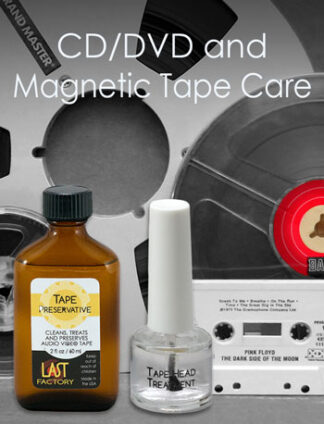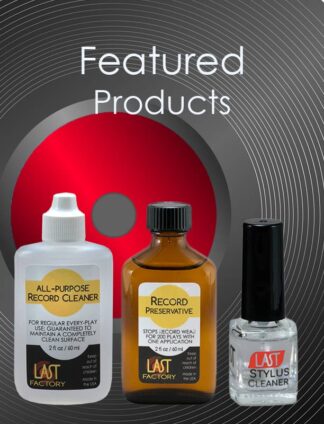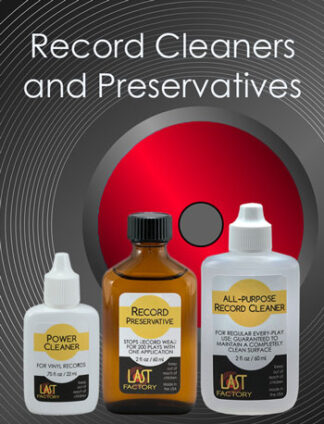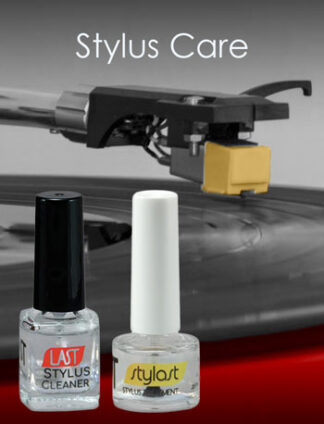I somehow got ‘lost’ cruising the Internet from my initial inquiry. It’s amazing what you can find by not looking. However, the reason I’m contacting you is about cassette deck tape heads and how to maintain optimal performance and sonics.
Simply put: I like playing cassette tapes. 8-Track tapes too. And records! CD’s are nice for convenience in a changer. But I’m old school and prefer analog. I’ve managed to keep my addiction to vintage hi-fi under control compared to what I’ve seen out in the wild. My cassette deck collection has met some problems, most due to dishonest sellers, and some I caused or age/environmental issues. One being oxidation (light greenish rust like specks or patch), also seen on RCA jacks, and on a cassette deck tape heads and capstans; dry rollers and the one everyone hates- belts turned to goo.
To clean heads I either use the highest proof alcohol possible (I get bottles of some crazy Alcohol De Cana Ario from some dude that gets it from some Mexican dudes that use it also for sterilizing udders), head cleaner from Fry’s, or 99% isopropyl alcohol. Made the mistake of using DeOxit which made things worse.
My questions are:
- Will your product(s) help and restore a tape head exposed to oxidation or scratches?
A. What about the micro pits in the alloy?
B. After application of your Treatment will it shield against future oxidation? - The Tape Head Treatment mentions it will work thru the end of the tape. Does that mean it should be reapplied after playing each cassette? If not…
- Approximate how many applications are in a .25oz bottle …. say for use on 3-head cassette decks?
- How does your product differ from other brands of contact cleaner or enhancer?
- After or while your product wears off, will the ‘line’ where the two surfaces meet (worn/ still treated) create issues? Maybe friction?
- What makes the Tape Head Treatment cost $50.00 for .25 ounces?
- Can the Tape Head Treatment aid in RCA jacks signal transfer, banana plugs, wall sockets, L-pads, etc?
Fascinated and curious,
Mr. M.
Dear Mr. M, Thank you for your amusing letter. We’re so glad that you enjoy old tape cassettes and machinery. There’s really nothing that matches an old mix tape. We’ve got some answers for you.
- Our product does not help repair or restore tape heads. The best solution is polishing rouge applied with a soft white pencil eraser.
- A. Micro pits on the surface of the tape heads do not affect the sound, unless they are positioned next to the head gap.
- B. LAST Tape Preservative and LAST Tape Head Treatment will shield against future oxidation.
- The Tape Head Treatment is applied to the machine’s heads just prior to playback. The treatment lasts for the duration of ONE tape.
- Most users achieve two to three years of fairly constant use, from 1 bottle.
- Our products are not contact cleaners nor enhancers. –will elaborate later….
- There is no abrupt change as the product is worn off. Very slowly, over a period of time there is less beneficial effect from the treatment.
- Our treatments are not coatings, not lubricants, and not anti-statics. They accomplish their performance objectives by changing the free surface energy at the interface of the heads and the tape. That said, the reason our products are so expensive is that the chemicals we use to make up the recipes are super expensive. We pay more than 1,400 per pound for some of them. And since we are a boutique business, we assemble all of it by hand. We could definitely lower costs by going large scale, and that may happen in the future, but right now we are definitely old school.
- That’s not the best use of tape head treatment. All of the things you mentioned need very clean un-oxidized surfaces.
For RCA connectors, banana plugs, signal connectors, the best way to clean them is with a rouge polishing cloth. You can find one at most hardware stores. All low-voltage electrical connectors can be safely cleaned with the rouge cloth. I cut my cloth into narrow strips 8-10 inches long and use that to clean connectors.
As for AC plugs and high-voltage sockets, they should be cleaned with copper cleaner and q-tips. At the completion of cleaning, everything should be wiped with a damp cloth.
I hope this answers your questions. Enjoy your music and the coming weekend. Let us know if you have any more questions!
-Walter Davies and Christine McCall





